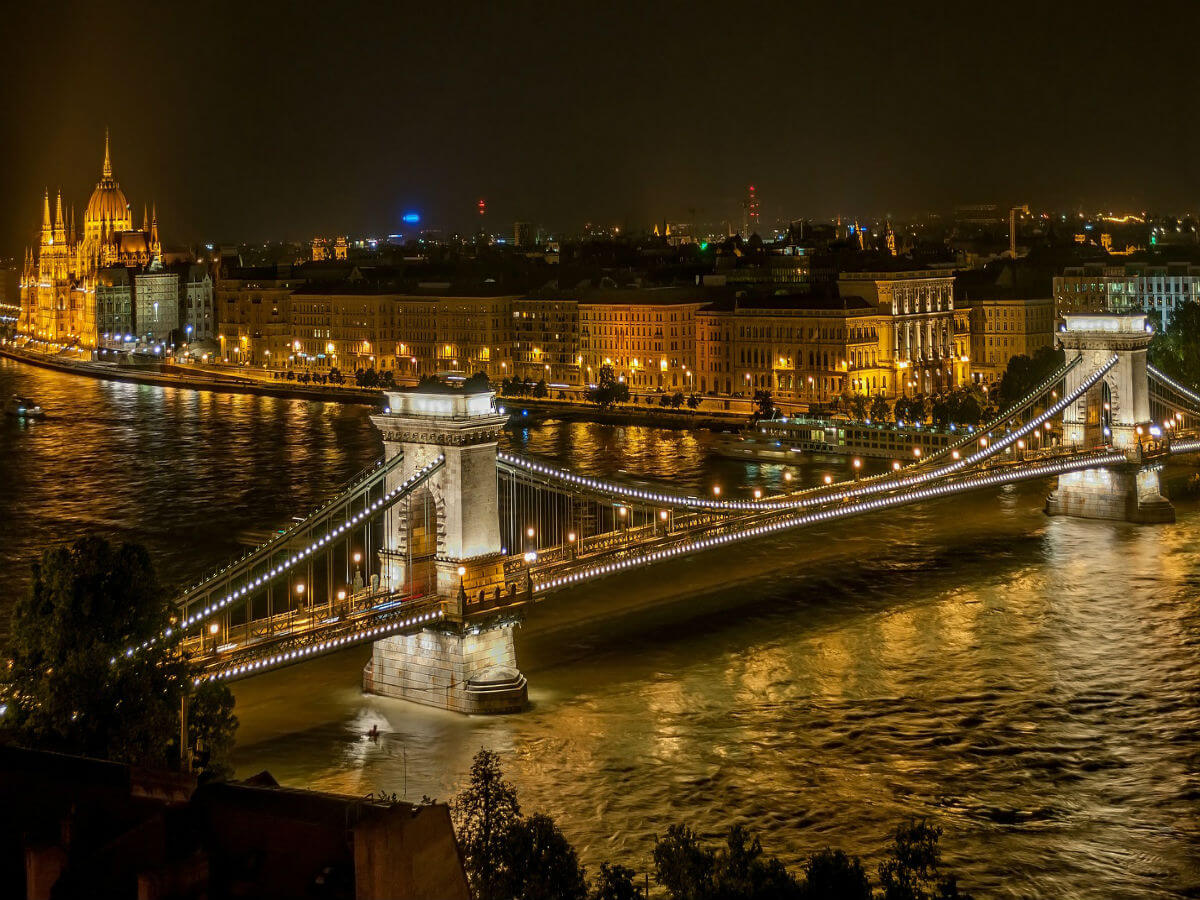Tour Package
Hungary Tour Packages
SUPER DEAL PRICE
STARTS FROM
per person on twin sharing
ATMs are less frequent but still available in Hungary.
Card acceptance may be limited in remote areas.
Finding a bank in Hungary is usually hassle-free.
The legal drinking age in Hungary is 18.
Hungarians are known for their warm hospitality.
Flights from India are generally less expensive in October.
Hungary - Visitors Statistics

Annually
24,83,000
Male51%
Female49%
By Purpose
Couples
For Newlywed Vacations
Family
For Family Vacations
Top Visitors from India
Delhi
Mumbai
Bengaluru
Chennai
Kolkata
Hyderabad
Pune
Ahmedabad
Jaipur
Lucknow
Everything You Need to Know About Hungary
Located in Central Europe, Hungary draws people in with its natural landscapes, intriguing history, charming countryside, traditional folk culture, and its cosmopolitan capital. Whether it’s the blooming flowers of the spring season, the pleasant sunshine of the summers, the changing hues of fall, or the magical snowfall during the winters, Hungary presents an eclectic array of activities to tourists for each season.
From the largest medicinal bath in Europe to Europe’s biggest synagogue, Hungary holds plenty of accolades, all of which you can witness when you book your holiday with our Hungary tour packages. Let’s do a deep dive into the history, culture, cuisine, and traditions of Hungary and so much more.
View All Hungary Tour Packages
Travel Tips

Visa Information
Check visa requirements before traveling, ensuring a smooth entry and compliance with destination regulations.

Health and Safety Tips
Prioritize health, stay hydrated, follow safety guidelines, and maintain personal hygiene for a secure journey.

Currency and Tipping
Familiarize with local currency, consider customary tipping practices for respectful and seamless travel experiences.
FAQs:
Book Your Dream Vacay Today!













